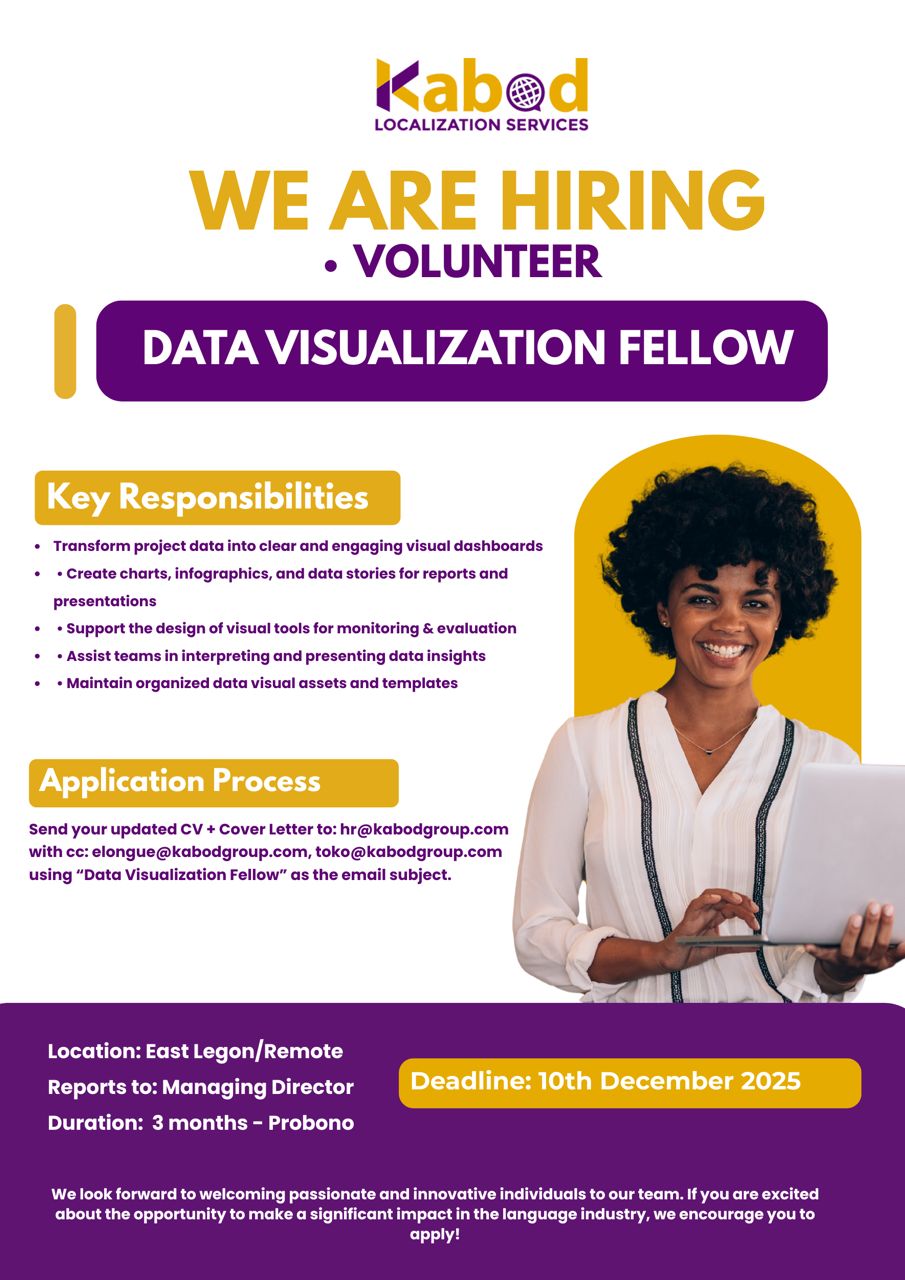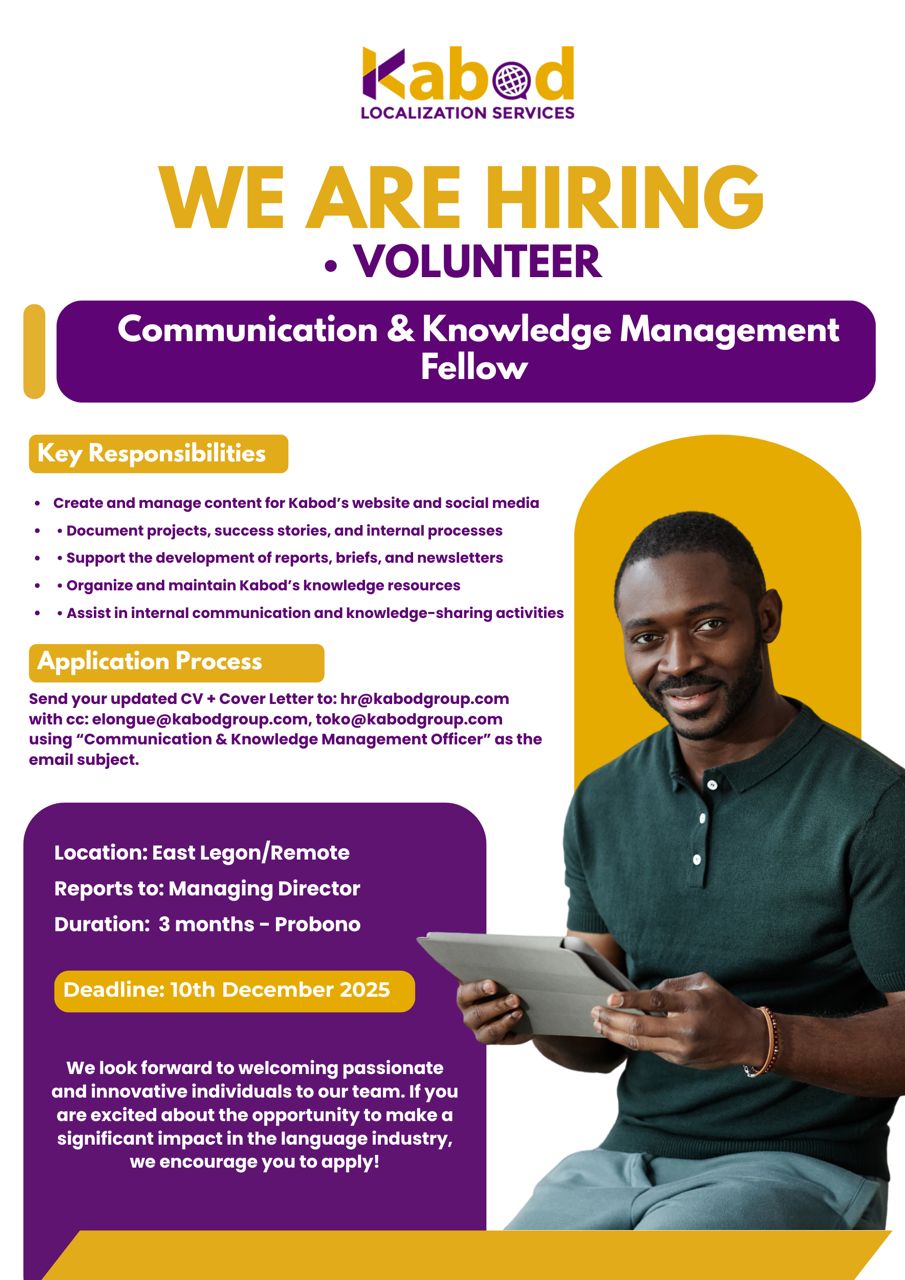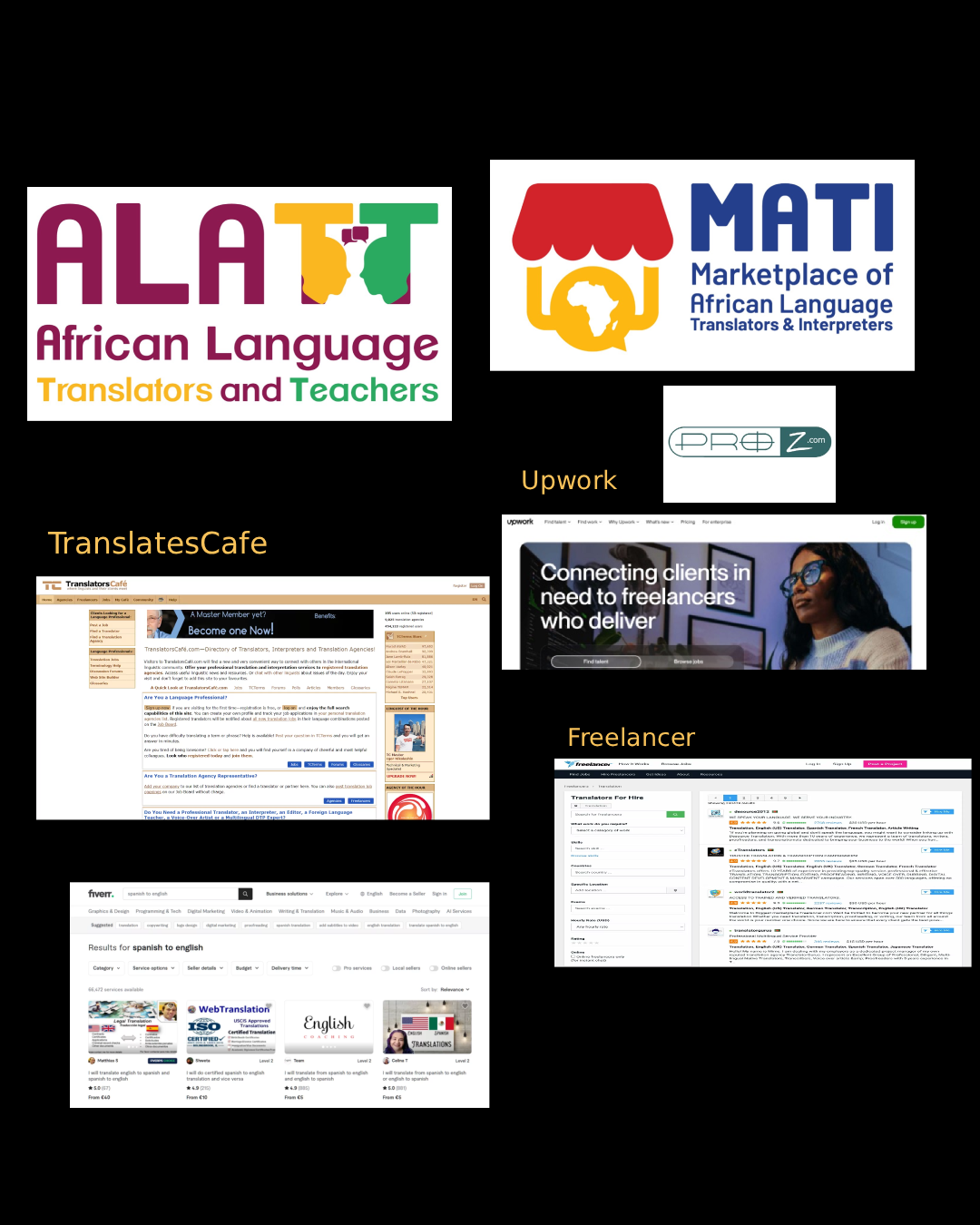Managing large class sizes is a learned skill that is equally a science and an art. Although the conversation around classroom sizes was settled a long time ago, there are many reasons why teachers may find themselves in front of 50 or more students. For such teachers the burden of teaching is made even heavier if technological tools to assist in keeping students engaged and managing large class sizes are not available. If that describes your situation, then this article is for you. Here we share 5 tips for managing large class sizes without the use of technology.
BUILD A CULTURE THAT SUITS YOUR NEEDS
One of the main lessons that you will learn in teacher training college is the importance of setting expectations in your classroom. This creates an environment where everyone knows the right behavior and actions that are acceptable. As the teacher, you have great power in creating what this classroom culture should look like, even when you co-create it with students.
Make this work to your benefit.
You can include a culture around how students enter and exit the class, when to take out their books, how to request permission without disrupting the lesson and how to hand in their exercise books. Identify the parts of the lesson that you find personally prone to disruption and create a culture around this that will make your work easier. Then constantly practice and repeat this behavior so that it becomes second nature for all your students.
Here, it is a good idea to occasionally reward good behavior and adherence to the culture as this reinforces learning.

HAVE GROUPS IN THE CLASS
Creating groups within the class is a great way to create a shared identity and responsibility among your students.Groups can be created randomly or with intent, based on what you wish to achieve with the groups. For example, if you would like the groups to compete against each other, then it would be better to intentionally select members, so there is an equal distribution of excellent and average students between the groups.
One idea will be to randomly create permanent groups in the class at the start of the academic year. Members of this group will then be able to create a shared identity as they learn to collaborate together over the course of the year. By rewarding and punishing the groups together, peer accountability will also be strengthened. Furthermore, the group identity will be better owned if the members get to name the group.
GET TO KNOW YOUR STUDENTS BY NAME
As people, nothing catches our attention quicker than hearing our name. It does not matter whether you are in a crowded market place or a noisy classroom, the sound of your name is likely to get you to stop and turn. This is exactly how names can be used in the classroom; as an attention grabber.
When you have a lot of students, it will take time to know all their names, but knowing students’ names is also a first step to building genuine relationships with your students. So it is important. It also allows you to call them out and give targeted praise, and this is more effective than generic praise when it comes to encouraging good behavior. Within a large class, it is beneficial to praise good behavior as a way of encouraging others to emulate.
GIVE STUDENTS RESPONSIBILITIES
Now that you have a classroom culture, group names and individual names, you will be able to assign responsibility. One of the reasons large class sizes are counter productive to education is that the single teacher lacks the ability to do everything in the class. This could be teacher specific activities like teaching or setting and grading questions to generic activities like maintaining order in the classroom.

You can free up your time by getting students actively involved in the teaching and learning process. This can be done on an individual level or through the groups that you created in the class. Some common responsibilities you could assign include preparing the classroom for lessons, packing up books after class, clearing the board and collecting homework. You could also use peer marking as a way to grade and correct answers in tests and peer learning as a way to have small groups repeat the key concepts you teach in a lesson. This is a great way to check for understanding.
PLAN EVERYTHING
The best laid out plans are not 100% foolproof, nonetheless, it is better to arrive at the waakye spot with your order in mind rather than to think it up on the spot. So plan out every aspect of your lesson, from the content to instructions and context specific steps you will have to take to mitigate against the negative effects of having a large class. This way, if you ever need a colleague to cover one of your lessons for you, you will be reducing their workload, as they just have to follow your plan.
There are some open educational resources that can reduce the time you spend on the board and teacher groups where tips and ideas are shared. If you want to learn more about how to take advantage of these resources and networks, sign up for our free newsletter at Kabod where we share ideas on using open educational resources in resource limited settings.
Written by Prince Teye-Gaga





